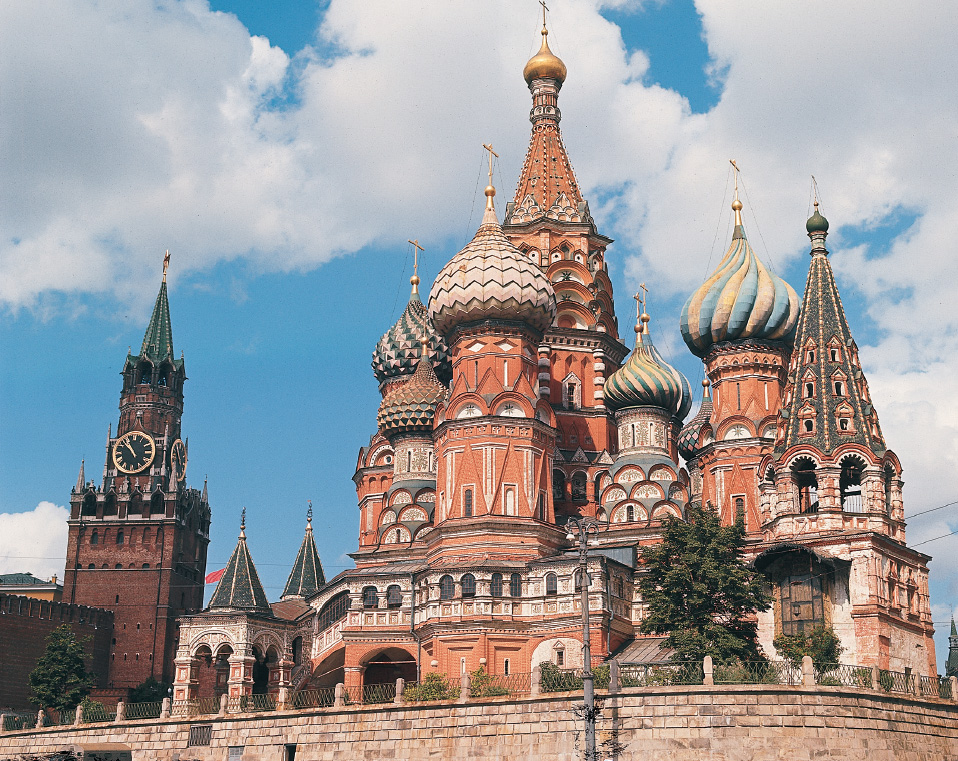The Reforms of Peter the Great

Heir to Romanov efforts at state-building, Peter the Great (r. 1682–1725) embarked on a tremendous campaign to accelerate and complete these processes. A giant for his time at six feet seven inches, and possessing enormous energy and willpower, Peter was determined to build the army and to continue Russian territorial expansion. Fascinated by weapons and foreign technology and eager to gain support against the powerful Ottoman Empire, the tsar led a group of 250 Russian officials and young nobles on an eighteen-month tour of western European capitals. Traveling unofficially to avoid lengthy diplomatic ceremonies, Peter met with foreign kings, toured the sites, and learned shipbuilding and other technical skills from local artisans and experts. He was particularly impressed with the growing economic power of the Dutch and the English, and he considered how Russia could profit from their example.
Returning to Russia, Peter entered into a secret alliance with Denmark and Poland to wage a sudden war of aggression against Sweden with the goal of securing access to the Baltic Sea and opportunities for westward expansion. Peter and his allies believed that their combined forces could win easy victories because Sweden was in the hands of a new and inexperienced king.
Eighteen-year-old Charles XII of Sweden (1697–1718) surprised Peter. He defeated Denmark quickly in 1700, then turned on Russia. In a blinding snowstorm, his well-trained professional army attacked and routed unsuspecting Russians besieging the Swedish fortress of Narva on the Baltic coast. It was, for the Russians, a grim beginning to the long and brutal Great Northern War, which lasted from 1700 to 1721.
Peter responded to this defeat with measures designed to increase state power, strengthen his armies, and gain victory. He required all nobles to serve in the army or in the civil administration — for life. Since a more modern army and government required skilled experts, Peter created new schools and universities and required every young nobleman to spend five years in education away from home. Peter established an interlocking military-civilian bureaucracy with fourteen ranks, and he decreed that all had to start at the bottom and work toward the top. The system allowed some people of non-noble origins to rise to high positions, a rarity in Europe at the time. Drawing on his experience abroad, Peter sought talented foreigners and placed them in his service. These measures gradually combined to make the army and government more powerful and efficient.
Peter also greatly increased the service requirements of commoners. In the wake of the Narva disaster, he established a regular standing army of more than two hundred thousand peasant-soldiers, drafted for life and commanded by noble officers. He added an additional hundred thousand men in special regiments of Cossacks and foreign mercenaries. To fund the army, taxes on peasants increased threefold during Peter’s reign. Serfs were also arbitrarily assigned to work in the growing number of factories and mines that supplied the military.

Peter’s new war machine was able to crush the small army of Sweden in Ukraine at Poltava in 1709, one of the most significant battles in Russian history. Russia’s victory against Sweden was conclusive in 1721, and Estonia and present-day Latvia came under Russian rule for the first time. After his victory at Poltava, Peter channeled enormous resources into building a new Western-style capital on the Baltic to rival the great cities of Europe. Originally a desolate and swampy Swedish outpost, the magnificent city of St. Petersburg was designed to reflect modern urban planning, with wide, straight avenues, buildings set in a uniform line, and large parks.
The government drafted twenty-five thousand to forty thousand men each summer to labor in St. Petersburg, many of whom died from hunger, sickness, and accidents. Nobles were ordered to build costly palaces in St. Petersburg and to live in them most of the year. Merchants and artisans were required to settle and build in the new capital. The building of St. Petersburg was, in truth, an enormous direct tax levied on the wealthy, with the peasantry forced to do the manual labor.
There were other important consequences of Peter’s reign. For Peter, modernization meant westernization, and both Westerners and Western ideas flowed into Russia for the first time. He required nobles to shave their heavy beards and wear Western clothing, previously banned in Russia. He also ordered them to attend parties where young men and women would mix together and freely choose their own spouses. From these efforts a new elite class of Western-oriented Russians began to emerge.
Peter’s reforms were unpopular with many Russians. For nobles, one of Peter’s most detested reforms was the imposition of unigeniture — inheritance of land by one son alone — cutting daughters and other sons from family property. For peasants, the reign of the tsar saw a significant increase in the bonds of serfdom, and the gulf between the enserfed peasantry and the educated nobility increased. Despite the unpopularity of Peter’s reforms, his modernizing and westernizing of Russia paved the way for it to move somewhat closer to the European mainstream in its thought and institutions during the Enlightenment, especially under Catherine the Great.